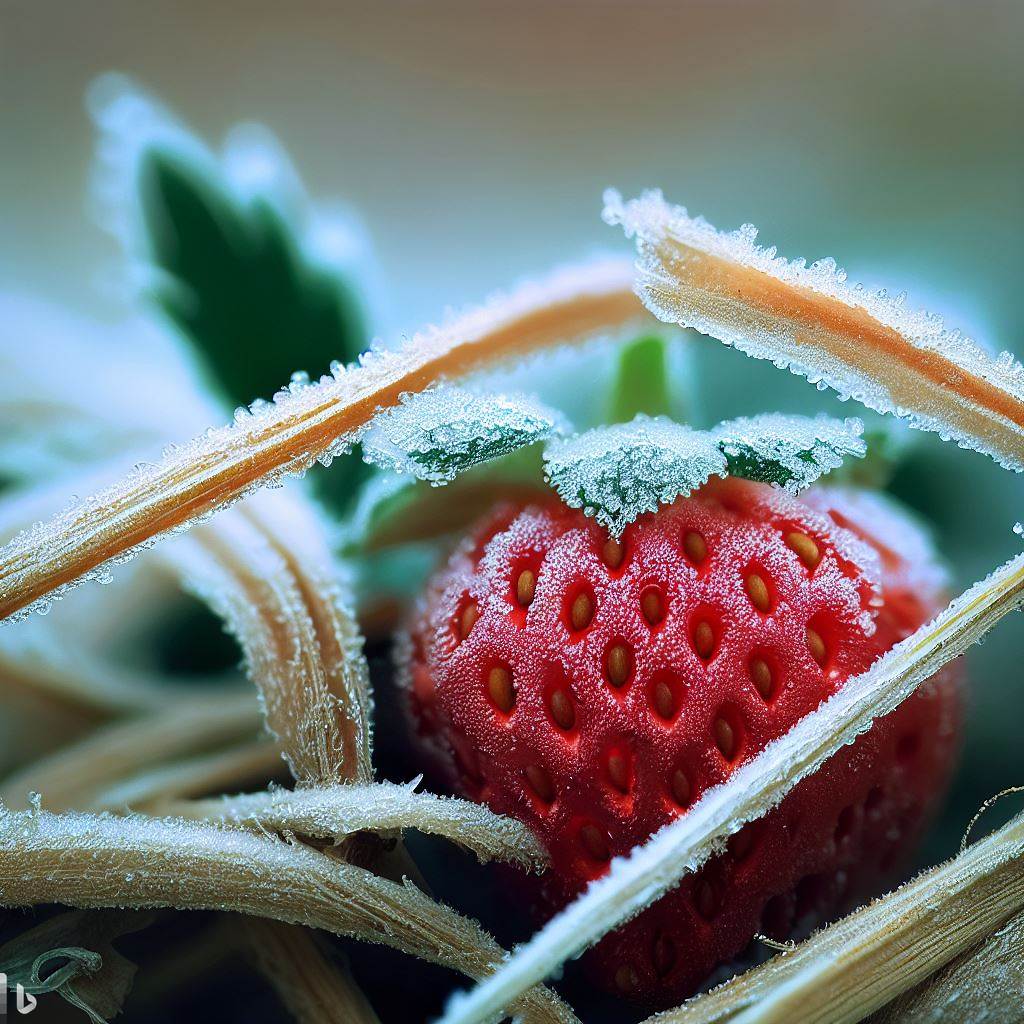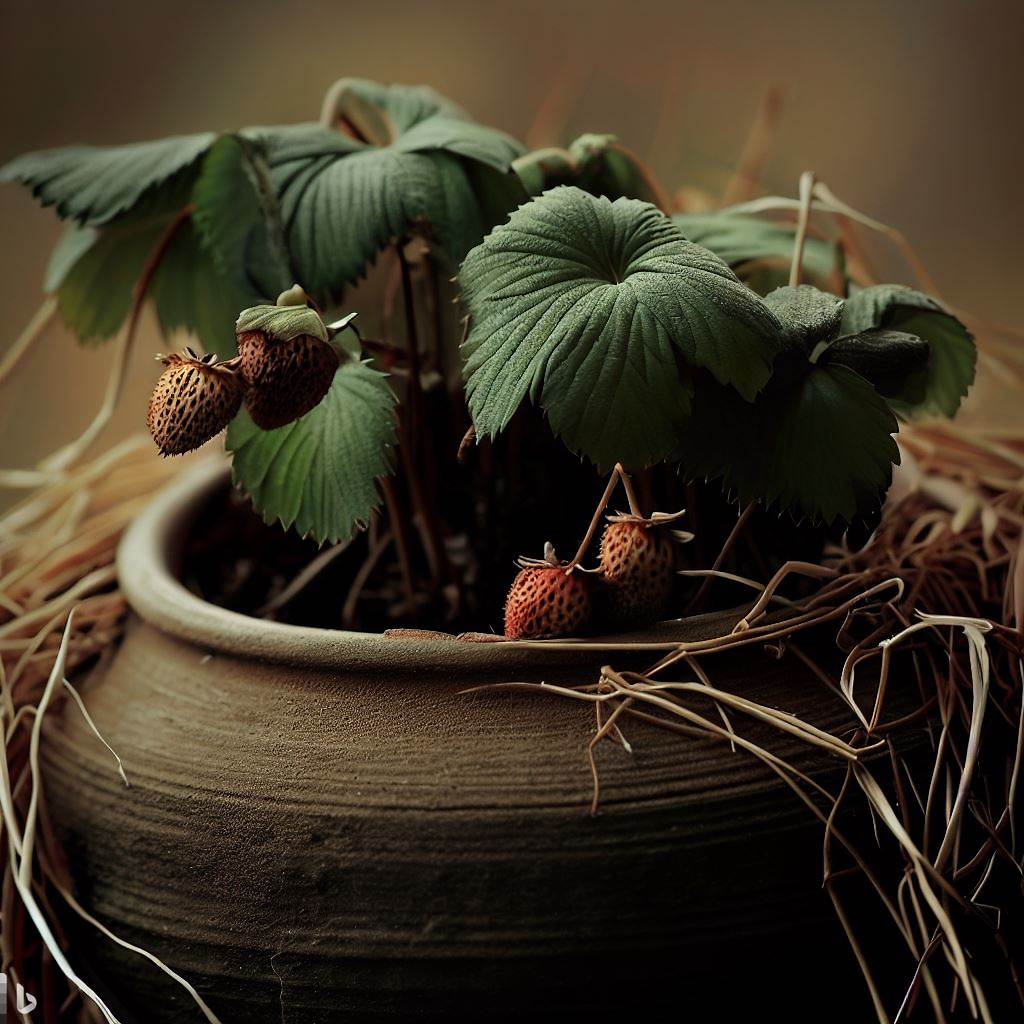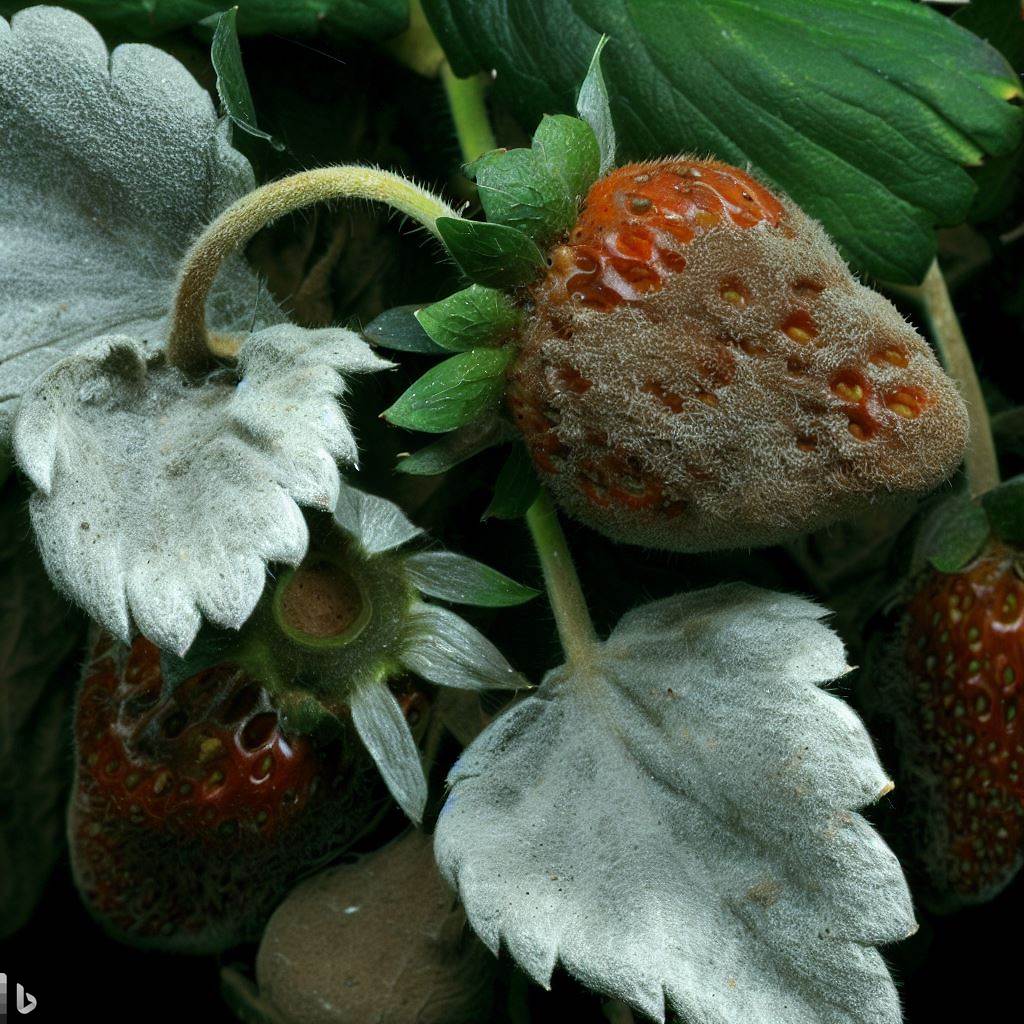In my years of gardening, I’ve learned that looking after strawberry plants over winter isn’t just a chore—it’s an investment in the future. It’s about ensuring that come next season, we’re rewarded with a bountiful harvest of juicy, ripe strawberries.

The Importance of Winterizing Strawberry Plants
Winterizing is a gardener’s secret weapon against the cold. It’s all about preparing your plants to withstand the winter chill. For our strawberry plants, this is particularly important. Strawberries, being perennials, grow back year after year. But in order to do that, they need to survive the winter.
A few years back, I decided to let nature take its course and skipped the winterizing process. Come spring, my strawberry plants were a sorry sight, and the harvest was meager at best. That’s when I realized the true value of winterizing. Properly winterized strawberry plants emerge from their winter slumber stronger, and ready to produce a bountiful harvest.
Protecting Strawberry Plants from Frost
One of the most important things that you can do is mulch. Mulch is like a warm winter coat for your strawberry plants. It insulates the soil, keeping the roots cozy and protected from the freezing temperatures. Straw is my go-to choice for mulch — it’s light, allows for good air circulation, and as a bonus, it’s quite fitting for our “straw” berry plants. 😉
🍓 Strawberry Secret: Apply a good 3-4 inches of straw mulch around your plants after the first hard frost. This timing is crucial—you want the plants to go dormant but not freeze. 🍓
For those particularly frosty nights, a frost blanket can be a real lifesaver. These lightweight fabrics trap heat from the soil, creating a warmer microclimate for your plants. Just remember to remove it during the day to let your plants breathe.
🍓 Strawberry Secret: Secure the edges of your frost blanket with rocks or soil to prevent cold air from sneaking in. 🍓

Winterizing Strawberry Plants in Pots and Containers
For those of you who love the convenience of growing strawberries in pots and containers, winterizing takes on a slightly different twist. With a bit of planning and some simple steps, your potted strawberries can thrive through the winter too.
- Step 1: Watering. Before the first frost hits, give your potted strawberries a good drink. But remember, we’re aiming for moist, not waterlogged soil. Overwatering can lead to root rot, and we certainly don’t want that!
- Step 2: Mulching. Just like their ground-planted counterparts, potted strawberries love a good layer of straw mulch. It helps insulate the pot and keeps the soil temperature stable.
- Step 3: Location, location, location. Pots and containers don’t have the ground’s natural insulation, making them more susceptible to freezing. To combat this, move your pots to a sheltered location. A garage, shed, or even a porch can provide that extra protection from the elements.
🍓 Strawberry Secret: If you’re short on space, try burying the pot in the ground or clustering several pots together. Both methods help reduce heat loss. 🍓

Preparing Your Strawberry Bed for Winter
Preparing your strawberry bed for winter is like tucking your plants in for a long winter’s nap. And just like any good bedtime routine, it involves a few key steps.
- Step 1: Clean up. Start by removing any dead leaves, spent fruit, and weeds from your strawberry bed. This not only tidies up the bed but also helps prevent diseases and pests from overwintering.
- Step 2: Thin out. If your strawberry plants are too crowded, now’s the time to thin them out. Aim for about 4-6 plants per square foot. This gives each plant enough space to grow and thrive.
- Step 3: Mulch away. Once the ground has frozen, apply a 3-4 inch layer of straw mulch over your strawberry bed. Remember, the goal is to keep the ground frozen, not to prevent it from freezing.
🍓 Strawberry Secret: Don’t rush to remove the mulch in spring. Wait until the plants start to grow, usually when the temperature consistently stays above 40°F (4°C). 🍓
And voila! Your strawberry bed is all set for winter. With these steps, you’re not just preparing your strawberry bed for winter, you’re setting the stage for a fruitful harvest next season.
Potential Diseases and Pests in Winter
Winter, while a time of rest for our strawberry plants, can also be a time of opportunity for certain diseases and pests. As a gardener, it’s important to be aware of these potential threats and take preventative measures.
One common culprit is the gray mold, also known as Botrytis. This fungus loves the cool, wet conditions of winter and can cause significant damage to your plants. To prevent this, make sure to remove any dead or diseased plant material during your winter clean-up.
Another potential threat is the strawberry root weevil. These little pests can overwinter in the soil and cause damage to your plants come spring. A good layer of mulch can help deter these pests.
🍓 Strawberry Secret: Keep an eye out for signs of disease or pests during your winter preparations. Early detection is key to managing these issues. 🍓
A healthy plant is the best defense against diseases and pests. So, follow the winterizing steps we’ve discussed, and your strawberry plants will be well-equipped to face any challenges winter may bring.
Every step you take now to prepare your strawberries for winter is a step towards a bountiful harvest next season. So, don your gardening gloves, grab that mulch, and let’s give our strawberry plants the winter care they deserve. They will thank you next season with a sweet reward.

Questions and Answers
Q: Why should I rotate my strawberry beds every 3-4 years?
A: Rotating your strawberry beds helps prevent disease build-up.
Q: What should I use to enrich my soil before winter?
A: It is recommended to use organic compost to enrich your soil before winter.
Q: Why should I avoid watering strawberries before a frost?
A: Watering strawberries before a frost can lead to ice damage, so it’s best to avoid it.
Q: When should I prune any runners on my strawberry plants?
A: It is advised to prune any runners before winter to conserve plant energy.
Q: How can I provide frost protection for small beds of strawberries?
A: You can use a cloche for added frost protection for small beds.
Q: What irrigation method should I consider to avoid overwatering my strawberries?
A: Consider using a drip irrigation system to avoid overwatering.
Q: Where is the best spot to plant strawberries?
A: Plant strawberries in a sunny spot for a healthier harvest.
Q: How can I protect my strawberries from birds?
A: Use netting to protect your strawberries from birds.
Q: Why should I plant different strawberry varieties?
A: Planting different varieties allows for a prolonged harvest season.
Q: How often should I check my strawberry plants for signs of disease or pests?
A: It is recommended to regularly check your plants for signs of disease or pests.

[…] “How long before I can start harvesting strawberries?” Well, patience is key here. Strawberry plants typically start producing fruit about a year after the seeds are sown. So, if you plant your seeds […]